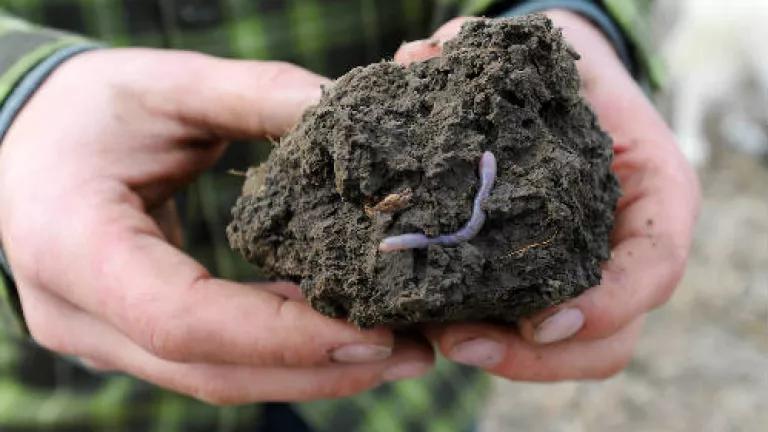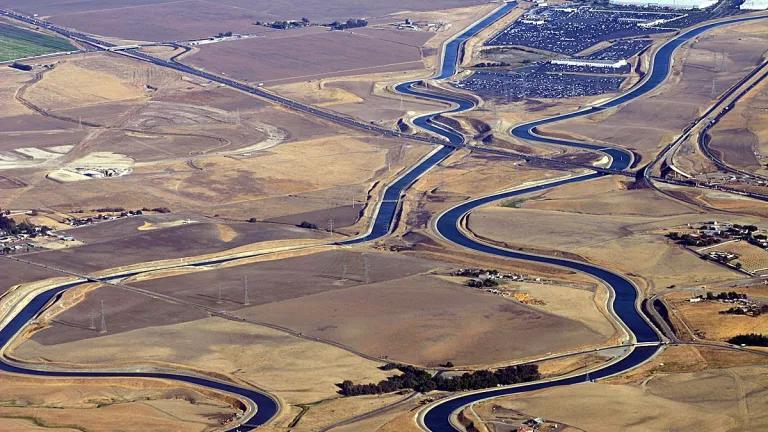
In 2013, the United States Department of Agriculture (USDA) released a report on female farmers that contained what appeared to be some very good news: the share of farms operated by women had nearly tripled in the thirty years between 1978 and 2007.
Understandably, the media covered this development as a sign of real progress. Headlines from Grist and USA Today gushed that women were "breaking the grass ceiling," while NPR, The New York Times, and other national publications ran similarly upbeat stories. In 2014, USDA released data from the 2012 Census of Agriculture showing that there had been a small drop in the number of female farmers between 2007 and 2012, but that still hasn't slowed the celebratory articles about the growing number of women in agriculture.
A closer look at the data, however, presents a much more troubling story. Instead of ushering in the era of the female farmer, the last 40 years have seen little progress in female farm ownership--and potentially some serious backsliding.
These data are incomplete--as I'll discuss shortly--but what we can glean from the available data is discouraging. Since 1978:
- the number of young female farmers has likely fallen;[1]
- fewer women appear to be making a living from farming;[2] and
- there's evidence that the income disparity between male and female farmers has grown.[3]
And while we don't know how many female farmers were able to support themselves solely through farming in 1978, we do know that only an exceptionally small number of them can today. Fewer than 3% of our country's almost 200,000 "commercial" farmers--those farmers most likely to operate stable, financially successful businesses--are female.[4]
This is in part why the average female farmer only makes $2,560 each year, while the average male farmers makes $42,731--nearly 17 times as much.[5]
And to add to this list of discouraging facts, the average female farmer is just over 60 years old--two years older than the average farmer, and about 15 years older than the average physician.[6]
If things have gotten worse for female farmers, then why is the Agricultural Census reporting such a large increase in their number?

He can expect to earn 17 times as much as his female colleagues.
Prior to 2002, the Agricultural Census massively undercounted small and mid-sized farms, which make up the bulk of female-owned farms. In 1997, for example, USDA calculated that they were almost twice as likely to miss a female farmer when conducting the Census than a male one.[7] While only 9% of the farmers counted in the Census were female, USDA estimated that the actual percentage of female farmers in the United States was likely closer to 15%.[8]
This alone may explain most of the "increase" in female farmers we've seen in recent census counts. In the last two censuses, female farmers made up about 14% of the total farmer count--slightly under the USDA's 1997 estimate.
Our conception of what constitutes "farming" has also changed considerably since 1978. Forty years ago, rural women that raised horses or sold agricultural products to their friends and neighbors generally weren't considered farmers.
That's no longer true. About 60% of the women farmers in the 2012 Agricultural Census sold fewer than $5,000 of agricultural goods in the previous year.[9] These women are much more likely to call themselves farmers today then they would have been in 1978, as are their neighbors and the US government.
This is a positive development--many of them are providing significant benefits to their families and regional food systems--but this change in norms also makes it much more difficult to compare older census data sets to contemporary ones. We just don't have any way of knowing how many women in 1978 were "farmers" by today's standards. As a result, it's difficult to know whether the number of female farmers has actually increased, and if so, by how much.
As women have won additional rights over the last 40 years, farm policy has ironically made it increasingly difficult for them to achieve financial independence through farming. If we continue our current policy trajectory--in which only the largest farms provide a decent income--then we're unlikely to ever see a significant increase in the number of truly independent female farmers.
The grass ceiling remains safe for now.
[1] The number of women operators under 25 counted in the census has fallen since 1978, while the number of women operators under 35 has stayed about the same. As discussed below, however, the 1978 census significantly undercounted female farmers, meaning that the actual number of female farmers under 35 has almost certainly fallen. Bureau of the Census, U.S. Dep't of Commerce, 1978 Census of Agriculture 38 tbl. 31; Nat'l Agric. Statistics Serv., USDA, 2012 Census of Agriculture tbl. 57 (2014).
[2] The number of women selling over approximately $10,000 (in 2015 dollars) in agricultural goods has declined. Bureau of the Census, U.S. Dep't of Commerce, 1978 Census of Agriculture 210 tbl. 44; Nat'l Agric. Statistics Serv., USDA, 2012 Census of Agriculture tbl. 57 (2014).
[3] There are no publicly available data on farm income by gender from 1978, however the disparity in the annual average value of agricultural products sold by individual male and female farmers has increased significantly. In 1978, the percentage of female farmers selling more than roughly $10,000 (in 2012 dollars) in agricultural products was only 9% below the national average. By 2012, this gap had almost doubled, reaching 17%.
[4] Nat'l Agric. Statistics Serv., USDA, 2012 Census of Agriculture: Farm Typology 8 tbl.1 (2015); see also Econ. Research Serv., USDA, America's Diverse Family Farms 7 (2015) (discussing the financial performance of various farm types).
[5] Nat'l Agric. Statistics Serv., USDA, Special Tabulation 23287 (Dec. 10, 2015) (on file with author).
[6] Nat'l Agric. Statistics Serv., USDA, 2012 Census of Agriculture: Race, Ethnicity, and Gender Profiles 2 (2014).
[7] Nat'l Agric. Statistics Serv., USDA, 1997 Census of Agriculture: History 95 tbl.7-4 (2002).
[8] Id. at 94 tbl.7-3.
[9] Nat'l Agric. Statistics Serv., supra note 6.



